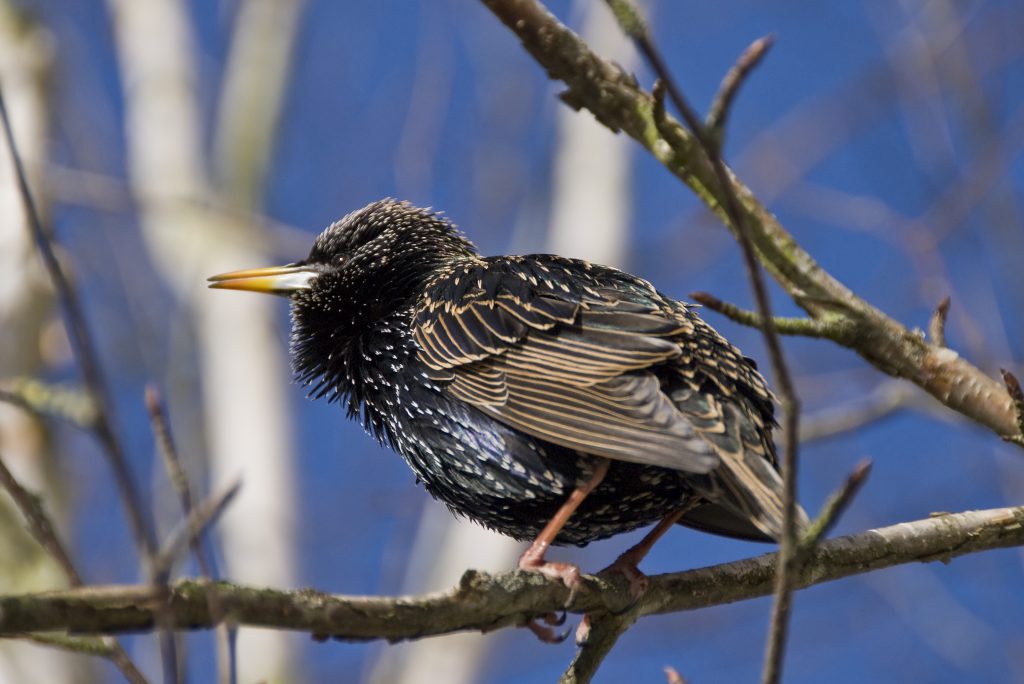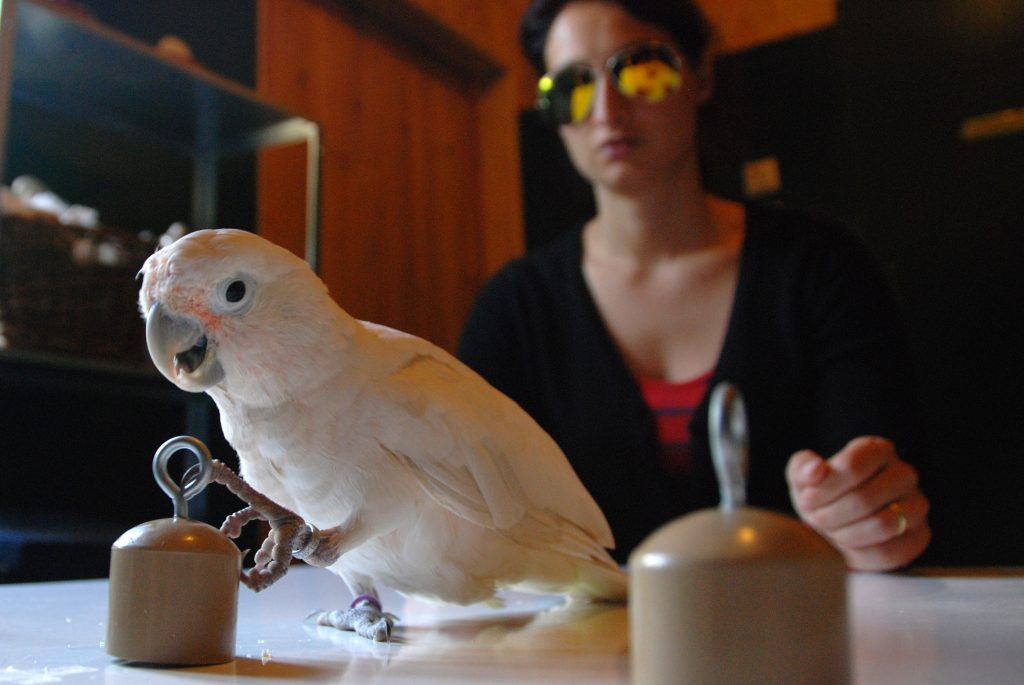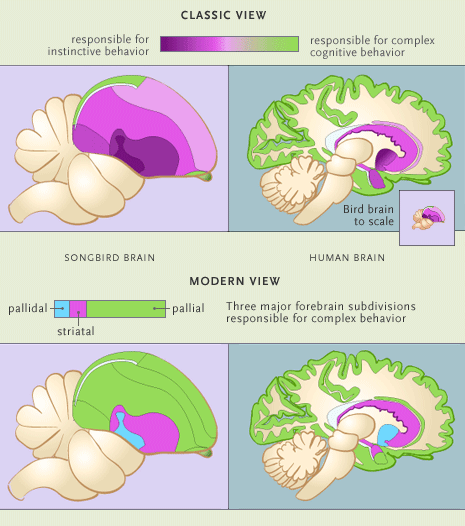Culture
NOVA: Bird Brain to Broadcast on WOUB-HD Dec. 20
By: Emily Votaw
Posted on:
What is the nature of intelligence?
Is it one’s prowess with puzzles and math problems?
How quickly one can determine by whom and in what ways they are being played?
Or is it one’s ability to adapt a routine that regularly provides for their safety and livelihood?
All of these questions and more are excavated for the viewer in NOVA: Bird Brain, which premieres on WOUB-HD on Wednesday, December 20 at 9 p.m. The program explores the unjustified reputation that our avian friends have for dimwittedness, something that persists even though scientific studies have shown time and time again that they are deceptively complex animals. NOVA: Bird Brain was edited by Jedd Ehrmann, produced and directed by Terri Randall, and is a part of PBS’ NOVA SCIENCENOW series, the executive producer of which is Samuel Fine and the executive editor of which is none other than the Neil deGrasse Tyson.

Birds may seem to have limited brainpower, but yet they manage to execute one of the most intriguing, mystifying, and common phenomena of the natural world: birdsong. This documentary investigates how an understanding of the evolution of birdsong might clue us into the complicated history of yet another intriguing natural phenomena: human language.
For example, the hour-long documentary looks at how research on the zebra finch, a common bird native to central Australia, is shedding light on matters that may strike closer to one’s heart than one would readily imagine. Increased study of the bird is teaching scientists more about human neuronal processes of understanding and making sounds, which will show us more about the nature of babies’ babbling and why some people stutter.

The cockatoo above is being run through an object permanence test, a simple psychological test that is typically associated with the stages of development in children. The test is crafted to see if the subject is aware that an object remains, regardless of whether the subject can readily find or see the object. Object permanence is the defining revelation of early human infancy, according to Piaget’s widely accepted theory of cognitive development. In this stage, the infant learns that objects exist and events occur independently of one’s own actions.
Although scientists once thought that the brain structure of a bird was one of the most primitive and instinctual in nature, over the past several decades it has been discovered that a full 75 percent of a bird’s cerebral structure is made up of a highly sophisticated information processing system which bears remarkable resemblance to the center of human high-thinking, the cerebral cortex. Some birds can learn thousands of “calls,” which can only be compared to the sort of vocal learning that was once thought only to be possessed by mammals such as humans, whales, bats, dolphins, and elephants.

The diagram above portrays what scientists once thought the basic make up of the avian brain was (based on the work of 19th century German naturalist Ludwig Edinger) versus what the scientific community as a whole believes it to be now, shown next to a diagram of human neuroanatomy. Various studies of brain chemicals and neural connections have revealed that a bird’s brain is largely made up of a rich “pallium,” a high-thinking processing center. Surprisingly, many birds have much more pronounced palliums than lots of mammals.
So, if you’re looking forward to a winter of gazing out your kitchen window at your newly installed bird feeder, make sure to tune into WOUB-HD to catch NOVA: Bird Brain to get a glimpse of the complex inner-workings of those little feathered heads.

